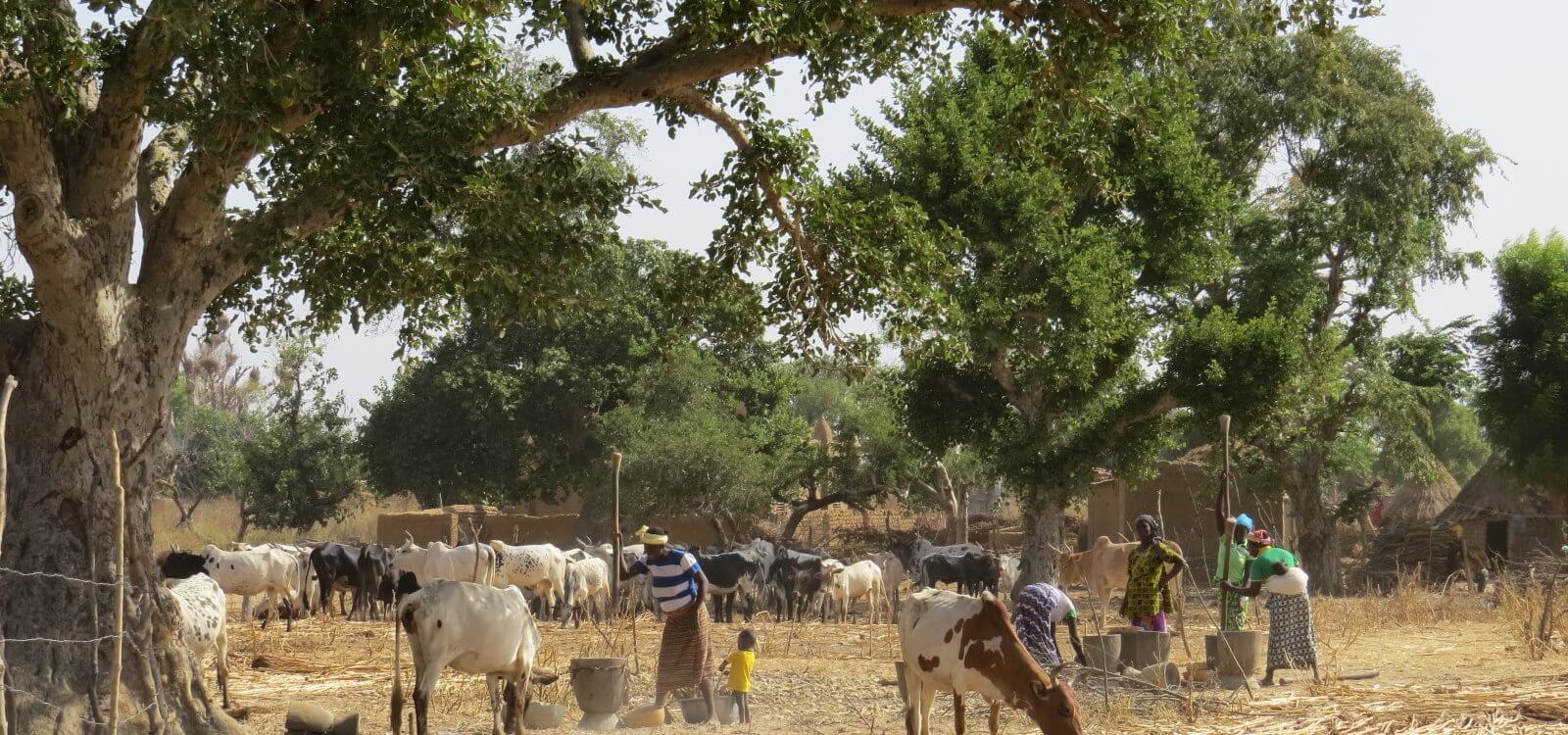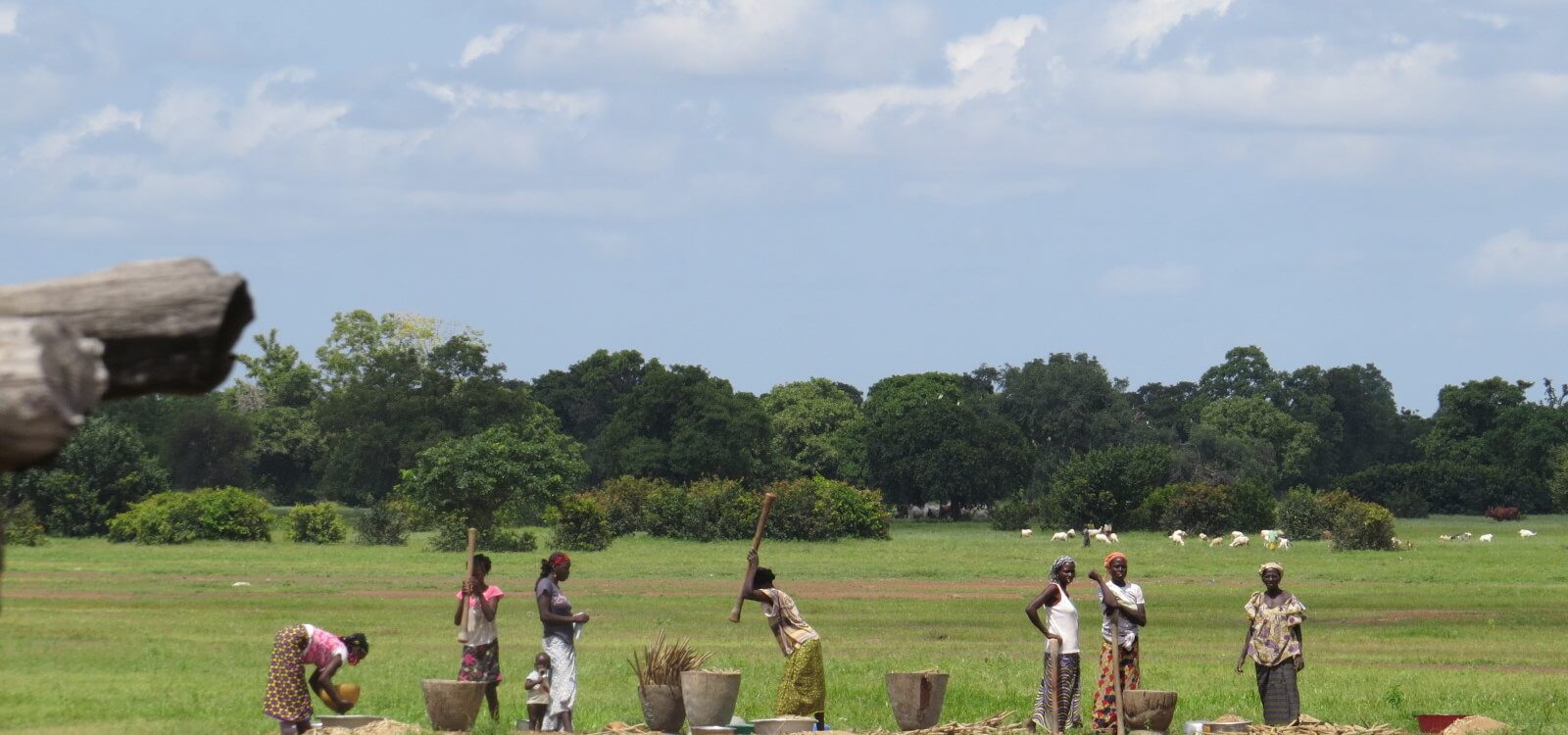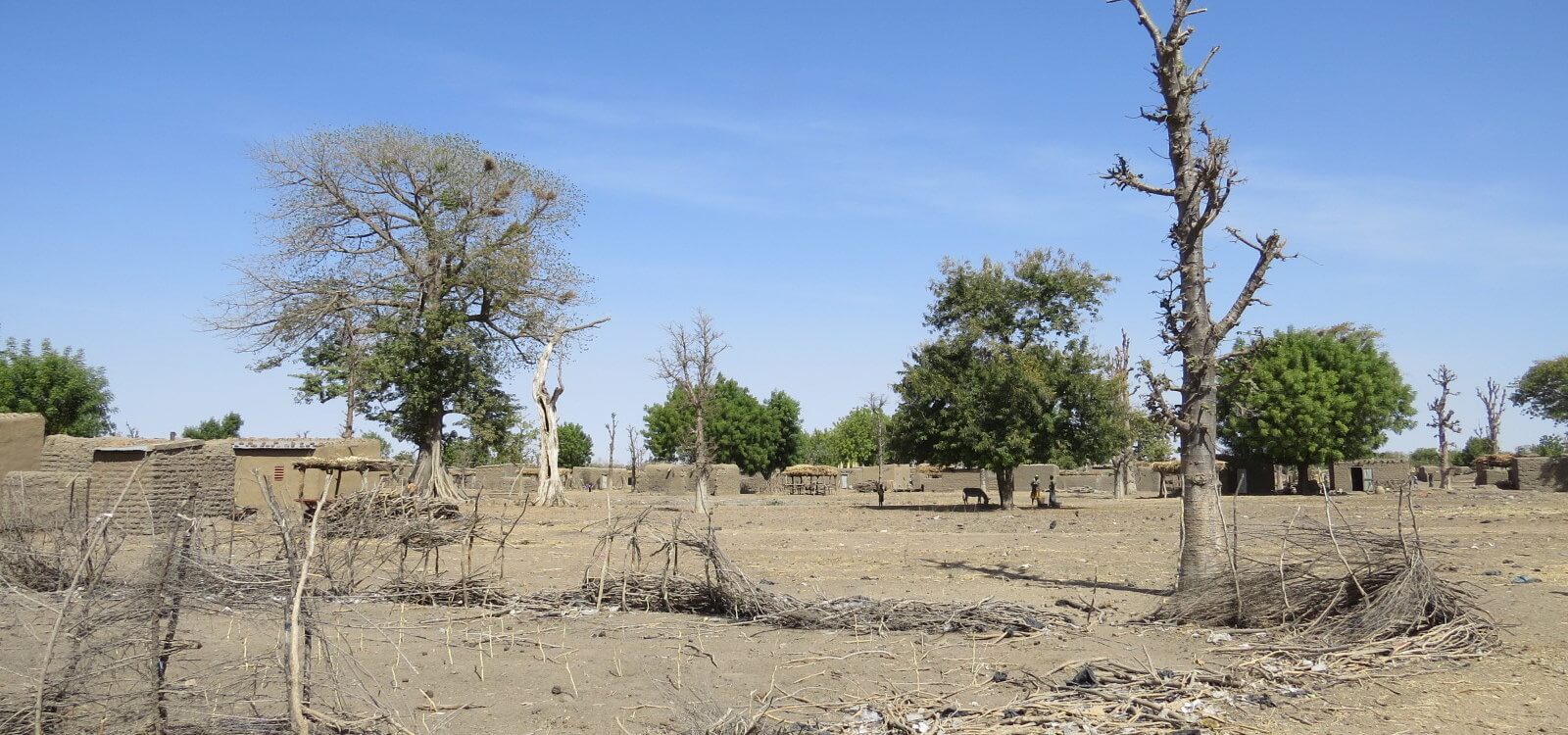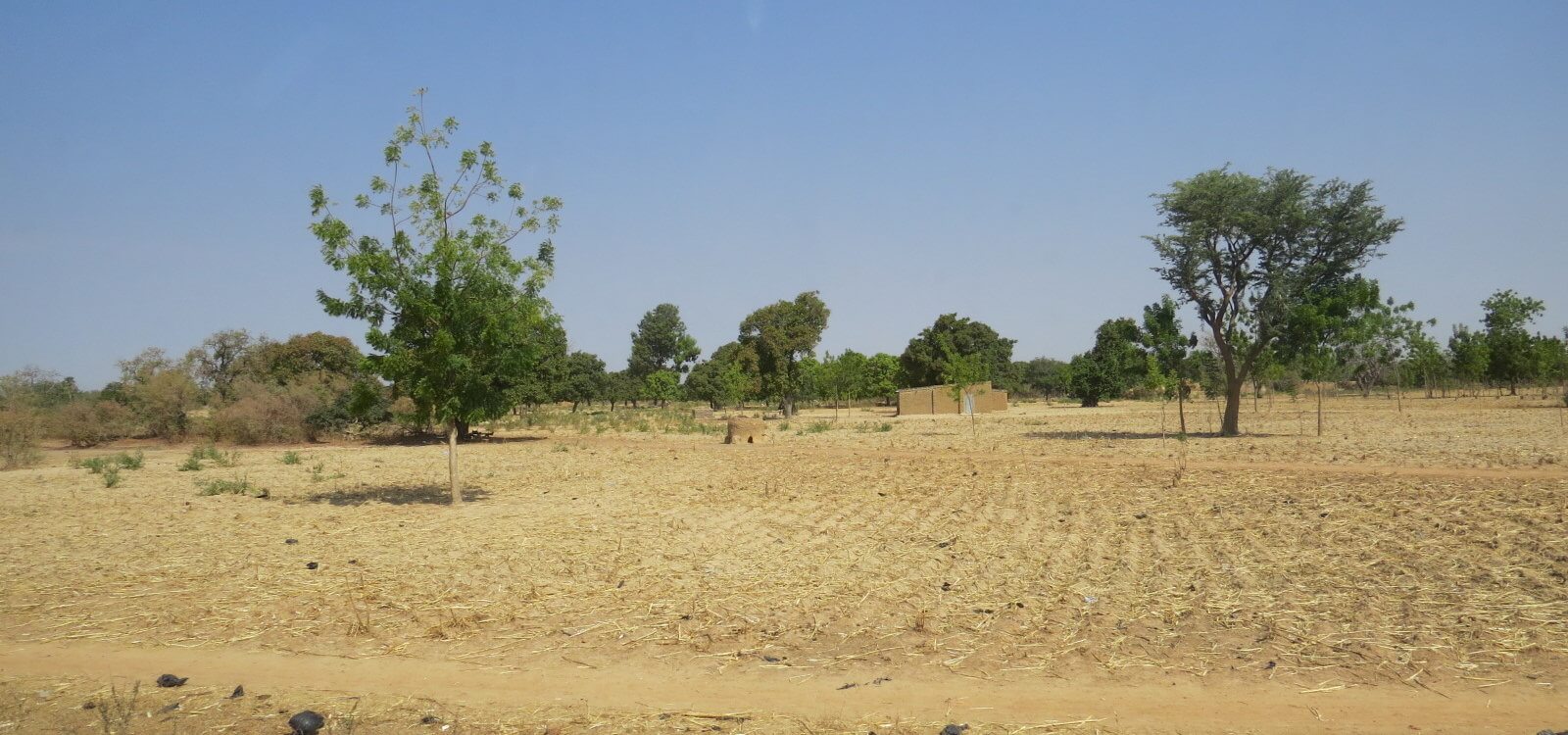Projects / CP2

CP2: Provision of climate and biophysical forcing data for health impact projections
Phase 1
Due to their complexity, there is still insufficient knowledge about the impacts of climate change on human health. One reason is that climate change affects human health in various, often indirect ways: Typical pathways in sub-Saharan Africa include decreased yields in agriculture (food shortages), heat stress, and hydro-climatic extremes and their effects on malaria prevalence. Thus, climate variables are often insufficient as explanatory quantities. Therefore, this sub-project does not only provide high-resolution climate variables but also bio-physical climate impact indicators such as hydro-climatic extremes (droughts and floods) and agricultural yield dynamics as potential predictors of health outcomes.
To this end a regional climate impact model representing hydrological and vegetation processes including agricultural management and production is used to translate climate data into impact indicators such as agricultural yields, water availability and inundation areas. Where associated biophysical observations are missing, the simulated historical impact indicators can be used as potential explanatory variables when deriving climate response functions from observed health outcomes.
Once defined, the response functions can be applied to future climate and biophysical impact projections generated in CP2 to (i) create future projections accounting for non-linear relationships between climate change and bio-physical predictors of health outcomes, ii) evaluate effects of possible adaptation options, and iii) account for high regional detail of climate and bio-physical impact predictors when upscaling health outcomes to country level as required for socioeconomic impact studies planned in P9.
To reflect the topographical heterogeneity in the target countries the first work package comprises a regionalization of global climate data for the target countries, regions and locations (WP1.1) and the adjustment to observational climate data (WP1.2). To account for uncertainties in climate model projections results from multiple global climate models are provided. The second work package includes the transformation of climate data into bio-physical consequences through the regional eco-hydrological model SWIM. The individual subtasks comprise the WP2.1 (provision of biophysical predictors) to derive associated health response functions, and the provision of future development of biophysical predictors (WP2.2) for the projections of health outcomes, the analysis of adaptation options, and the upscaling to the national level.
All forcing data provided within CP2 follow the protocols of the Inter-Sectoral Impact Model Intercomparison Project (ISIMIP, isimip.org) to allow for the integration of the health projections into the international research initiative and the use of the data infrastructure for data exchange and outreach.

Principal Investigator (PI):
Dr. Katja Frieler
Potsdam Institute for Climate Impact Research (PIK)
Climate Impacts & Vulnerabilities – Research Domain II
Potsdam, Germany
E-mail: Katja.Frieler@pik-potsdam.de

Co-PI:
Dr. Fred Hattermann
Potsdam Institute for Climate Impact Research (PIK)
Potsdam, Germany
E-mail: hattermann@pik-potsdam.de
Jan Volkholz, Postdoc
Stefan Lange, Postdoc
Michel Wortmann, Postdoc








